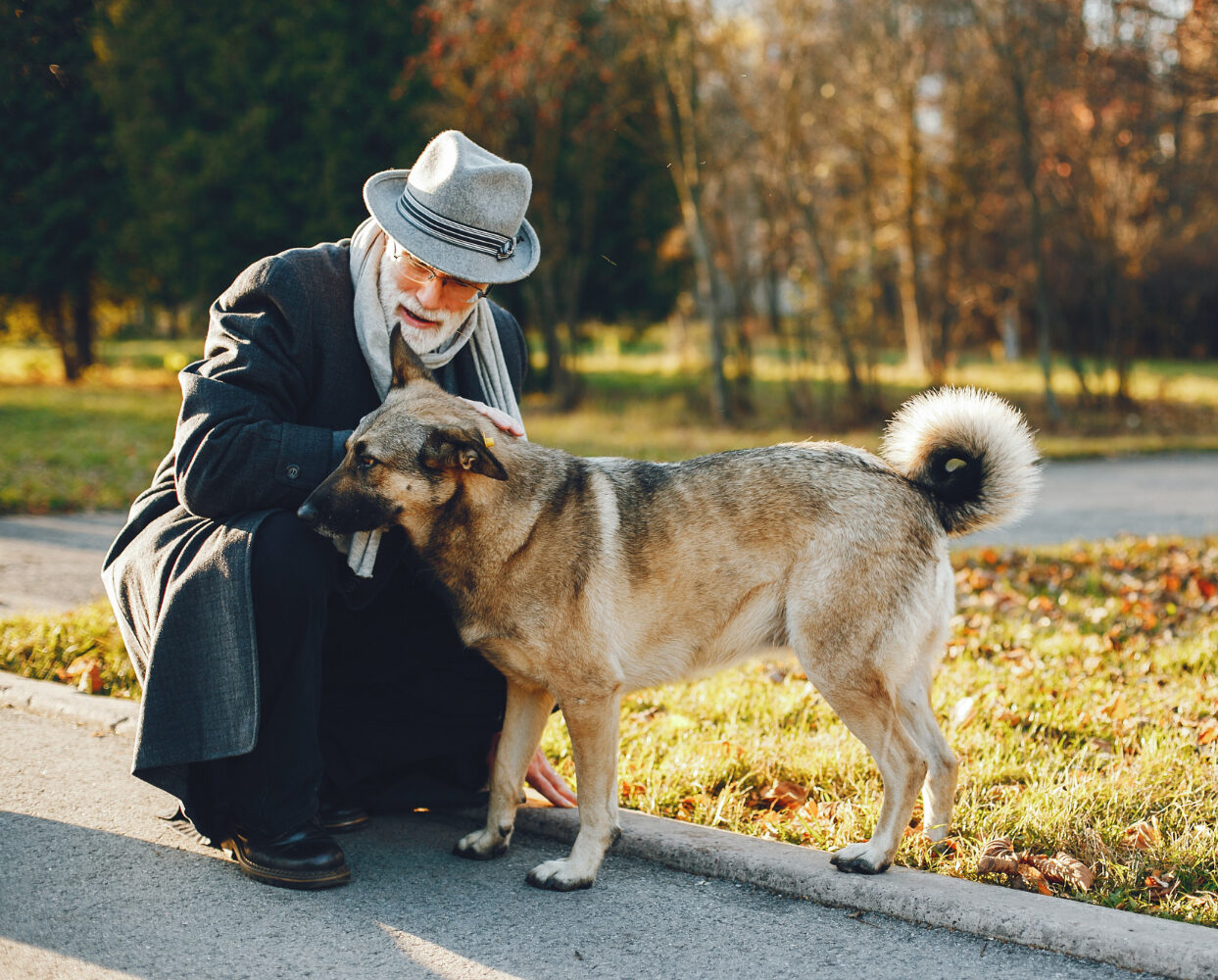
Assistance dogs provide life-changing emotional and practical support for individuals living with conditions such as PTSD, autism, anxiety, and trauma-related challenges. These highly trained dogs help promote a sense of safety, routine, and calm—offering reassurance in overwhelming environments and helping their handlers regain confidence and independence.
At Next Level Dog Training, we specialise in sourcing and training assistance dogs specifically suited to this type of work. Not all dogs have the temperament or resilience required, which is why we do not train dogs supplied by owners. Each dog is carefully selected and matched to meet the emotional and lifestyle needs of their future handler.
Our structured assistance dog training programme develops essential skills including grounding techniques, deep pressure therapy, environmental awareness, and reliable behaviour in public spaces. Through careful training and ongoing support, we help to create focused, dependable dogs that bring calm, connection, and stability to those who need it most.
Assistance dogs are individually trained to carry out specific tasks that directly support a person with a disability or long-term condition—such as PTSD, autism, or anxiety. These tasks may include providing deep pressure during moments of distress, interrupting repetitive behaviours, or helping their handler feel safe and grounded in busy environments. Assistance dogs are matched to one individual and work alongside them daily to improve their quality of life. They are granted full public access rights under the Equality Act 2010, meaning they can legally accompany their handler in shops, restaurants, public transport, and other spaces where dogs are normally not allowed.
In contrast, therapy dogs are usually pets who visit places like care homes, hospitals, or schools to provide comfort and companionship to a variety of people. They are not trained for specific tasks or to support one person long-term. Therapy dogs do not have public access rights and may only enter certain venues with permission.
In short, assistance dogs offer life-enhancing, specialised support to one person and are legally protected as working animals, while therapy dogs provide general comfort in controlled settings as part of structured visits.
The time required to train a service dog depends on the tasks they need to learn, the dog’s temperament, and the training programme used. It can take anything between a few months and two years to fully train a service dog to perform their duties reliably in different environments. This really does vary depending on the complexity of the client's requirements. We usually advise on timescales during your initial assessment.
Some dogs may progress faster, while others require additional time to refine their skills and adapt to real-world scenarios. Training must be consistent, thorough, and reinforced regularly to ensure the dog remains reliable in assisting their handler. While shorter programmes exist, a well-trained service dog undergoes extensive preparation to ensure they can handle distractions, work under pressure, and meet the needs of their owner in all situations.
While many breeds can be trained as assistance dogs, not all are well-suited for the role. The ideal assistance dog has the right temperament, intelligence, and physical ability to perform the necessary tasks. Common breeds include Labrador Retrievers, Golden Retrievers, and Cocker Spaniels, as they are highly trainable, friendly, and adaptable to various environments.
Working breeds with high energy levels or strong guarding instincts can also struggle with the calm, controlled behaviour required in public spaces. The most important factors are a dog’s willingness to learn, ability to remain focused, and temperament that allows them to work confidently and reliably alongside their handler.
In the UK, assistance dog handlers are protected under the Equality Act 2010, which grants them the right to access public spaces with their trained dog. This means assistance dogs must be allowed in shops, restaurants, public transport, hotels, and most other public venues where dogs are usually restricted. Denying entry to an assistance dog is considered discrimination under the law.
Handlers are not required to show identification or certification for their assistance dog, though many choose to carry documentation from recognised training organisations to help educate businesses and the public. Assistance dogs must be well-behaved, under control at all times, and trained to perform tasks that aid their handler’s disability. Employers, landlords, and service providers must make reasonable adjustments to accommodate assistance dogs, ensuring handlers can access the same opportunities as everyone else.
In the past, many people have supplied their own dog for assistance dog training, but 95% of them were not suitable for the role. While some trainers will offer assistance dog training for any dog, the reality is that selection is the most crucial part of the process. Without the right temperament, intelligence, and adaptability, a dog may struggle to meet the demands of service work, leading to disappointing results.
We take great care in sourcing the right dog to ensure they have the natural ability and characteristics needed for the job. By selecting a dog specifically suited to assistance training, we can develop their skills effectively, giving you a confident, reliable, and capable assistance dog that will enhance your independence and quality of life.
© 2025 Next Level Dog Training. All rights reserved.